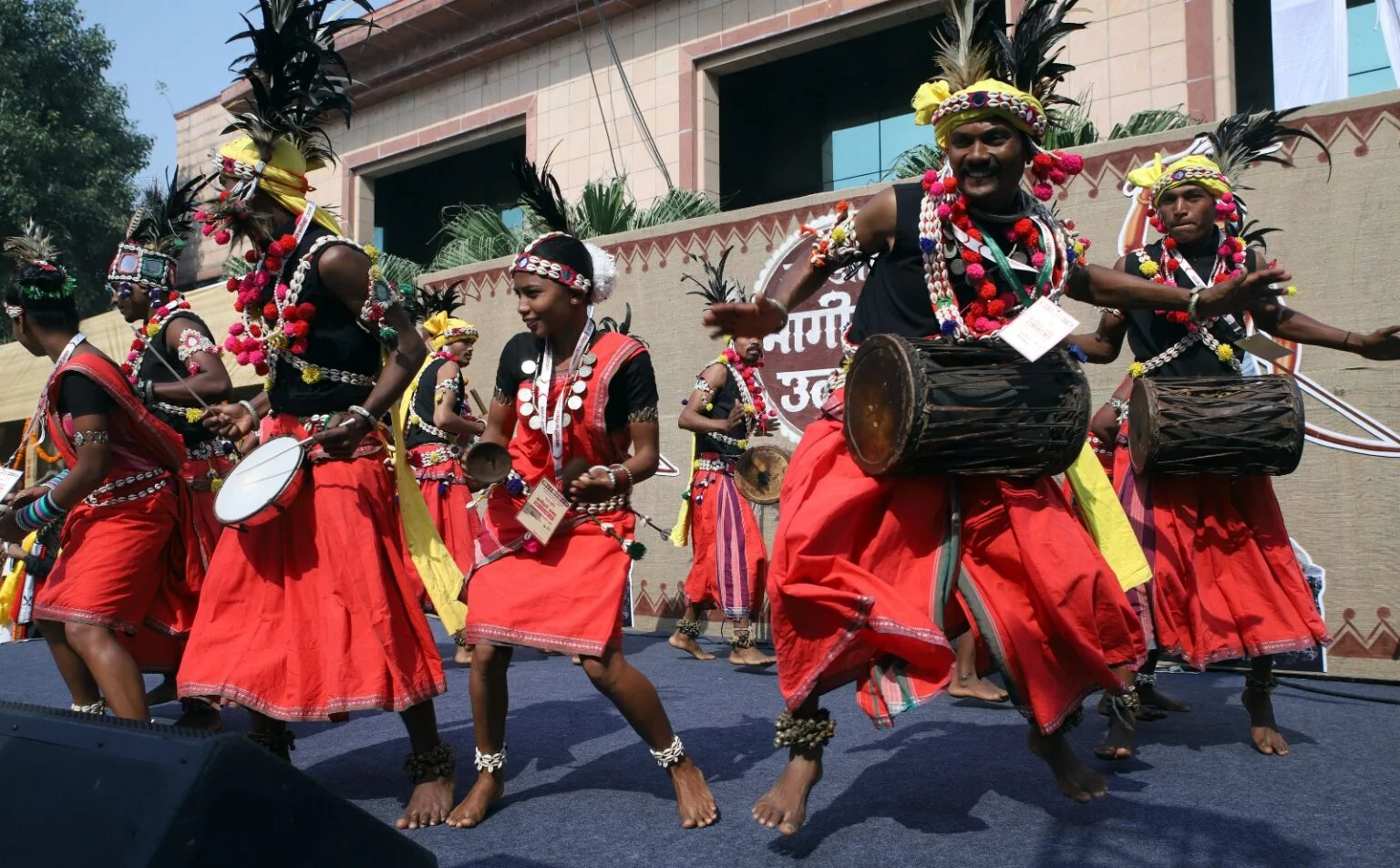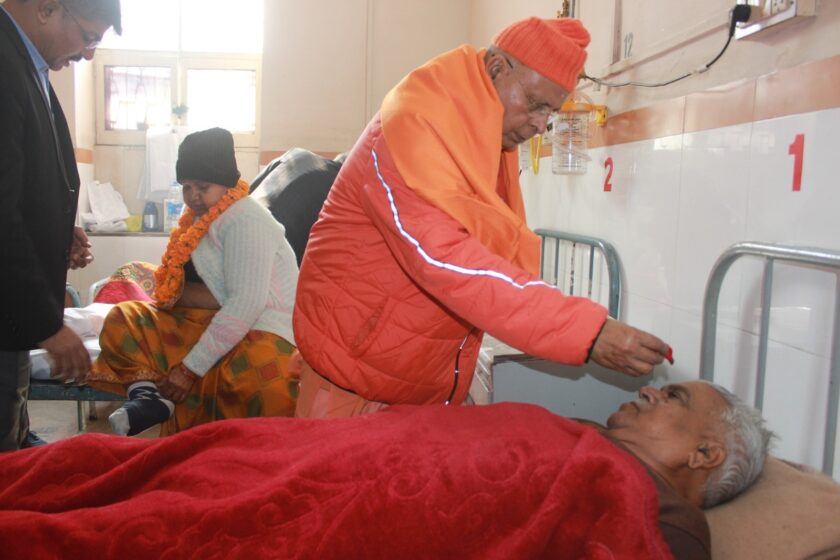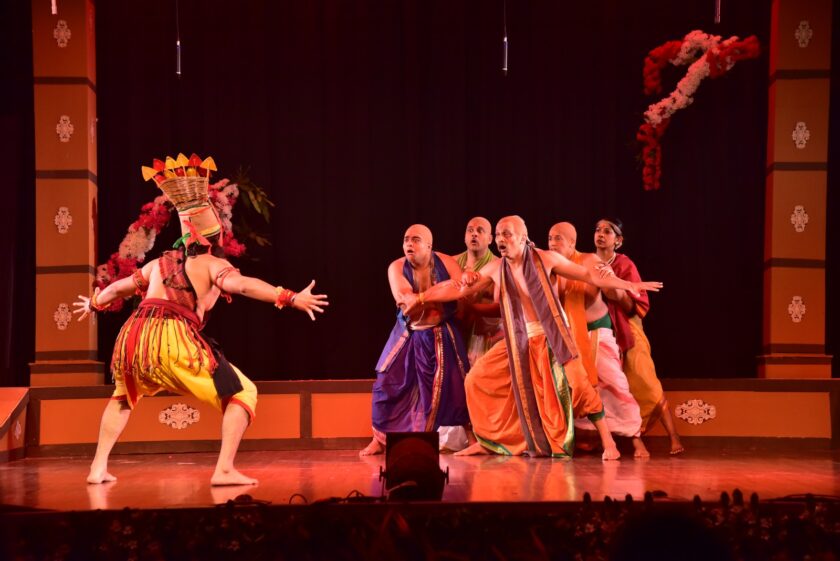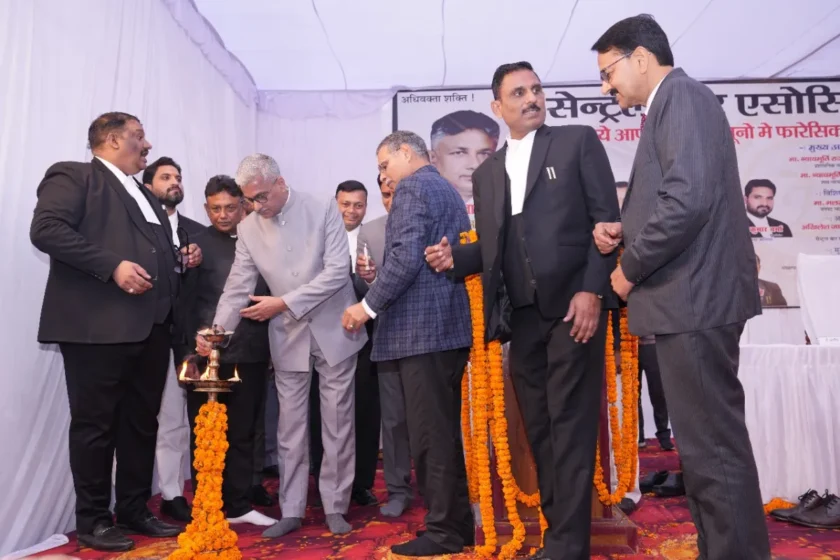Over 11 Lakh Tribal Families Benefit from Housing, Education, Healthcare and Livelihood Schemes
Lucknow. Under the leadership of Chief Minister Yogi Adityanath, Uttar Pradesh has scripted a transformative chapter in the lives of its tribal communities. What was once a neglected segment of society is today witnessing empowerment, dignity and secure livelihood through sustained government intervention. More than 11 lakh Tharu, Buksa, Gond, Chero, Musahar and other Vanvasi families have been directly connected with housing, healthcare, education, roads, electricity, and livelihood opportunities. The state’s focused policies have ensured that rights under the Forest Rights Act, Eklavya schools, PM Janman, and community-driven development campaigns are implemented on the ground with measurable impact.
A Roadmap of Inclusion and Restoration of Rights
The Yogi government’s efforts are not confined to welfare schemes—they represent a larger mission to restore dignity and mainstream tribal society. Housing rights have been granted under the Forest Rights Act, while the Chief Minister Housing Scheme has provided thousands of Vanvasi families with permanent homes. Through PM Janman, remote tribal regions now have access to drinking water, healthcare, telecommunication, electricity and education.
The complete saturation of all essential schemes for 815 Buksa families stands out as a model of targeted and result-oriented governance.
Ground-Level Reach: 517 Villages, 26 Districts
Campaigns such as ‘Dhartiabba Tribal Village Utkarsh Abhiyan’ and ‘Dhartiabba Janbhagidari Abhiyan’ have transformed the development landscape across tribal-dominated regions. Covering 517 villages in 26 districts, these drives ensured saturation of government schemes like Ayushman Bharat, Ujjwala, Jan Dhan, PM-Kisan Samman Nidhi and PM Vishwakarma.
From Sonbhadra and Lalitpur to Kushinagar, Balrampur and Bijnor, connectivity and access to welfare services have significantly improved. Education, healthcare and livelihood opportunities have expanded for thousands of tribal families.
Preserving Culture While Enhancing Livelihoods
The government has also emphasized cultural preservation and economic empowerment. The Tharu Museum at Imilia Koder in Balrampur has emerged as a centre for heritage conservation, while similar museums in Mirzapur, Sonbhadra and Maharajganj are progressing rapidly.

To boost income, the state established the Tharu Handicraft Company in Lakhimpur Kheri, enabling tribal artisans to access national markets. More than 371 groups have been supported through revolving and community investment funds, paving the way for self-reliance and entrepreneurship.
Education as the Bedrock of Tribal Progress
The state has strengthened educational access through Eklavya Model Residential Schools, Sarvodaya hostels and Ashram-style schools. Institutions in Lakhimpur Kheri, Bahraich, Sonbhadra and Lalitpur have opened pathways for children from remote tribal hamlets, ensuring modern education, sports facilities, and career guidance.
The government’s focus on tribal youth is evident in initiatives such as pre-exam coaching centres, which have helped over 700 candidates secure selection in various competitive examinations. Additionally, over 6,500 tribal youths have received skill training, backed by eight specialized centres across the state.
Support to Denotified and Nomadic Tribes
Beyond scheduled tribes, the government has extended equal attention to denotified and nomadic tribes such as the Nat, Banjara, Sansi, Kanjar and Kalbelia communities. The establishment of 101 Ashram schools, nine Sarvodaya schools and multiple hostels ensures educational access and social upliftment. Housing, social security and livelihood schemes have been extended to these groups, enabling them to lead a dignified life.
A New Narrative of Empowerment
Chief Minister Yogi Adityanath has repeatedly emphasized that true development depends on participation. The filling of all reserved seats in police recruitment and the increasing representation of tribal youth in government services reflect this shift.
Through a combination of rights-based governance, cultural preservation, modern education and sustainable livelihoods, the Yogi government has delivered a comprehensive model of tribal development. The transformation in Uttar Pradesh’s tribal regions today stands as a powerful example of inclusion, empowerment and social justice—connecting the most marginalized communities with the mainstream and giving them the dignity and opportunity they long deserved.





